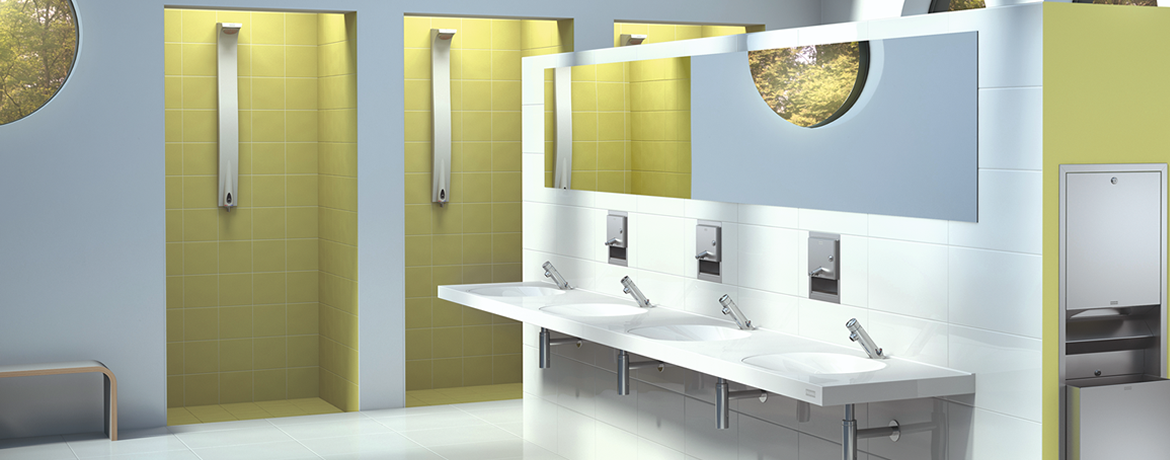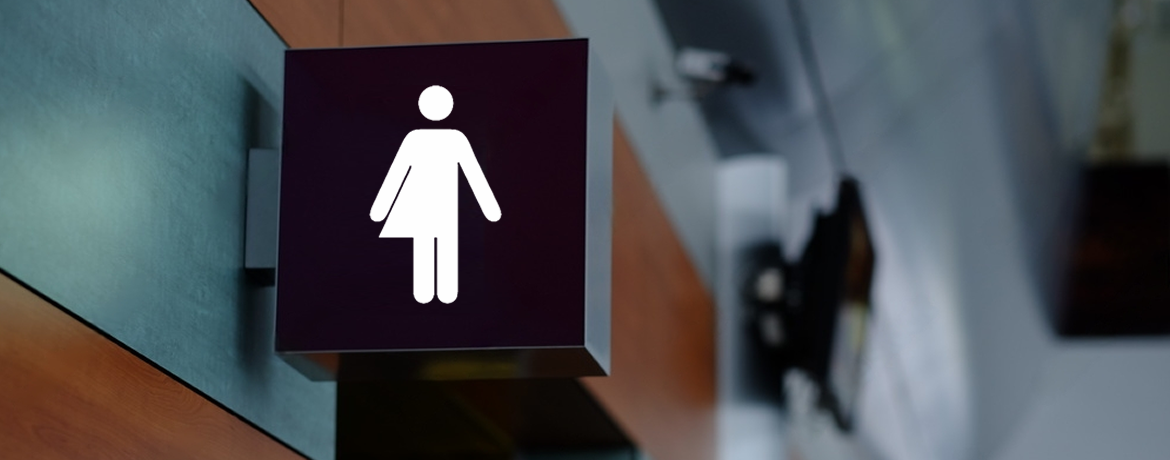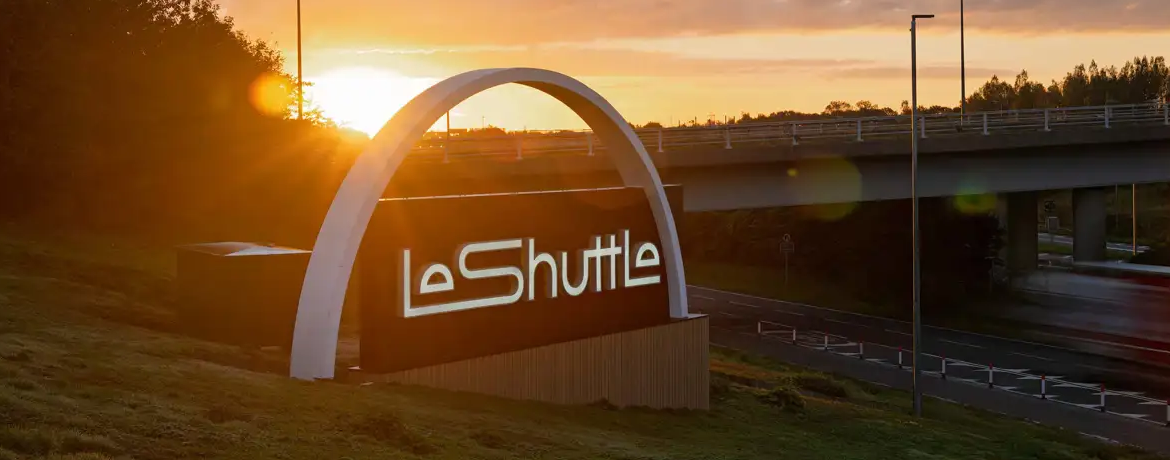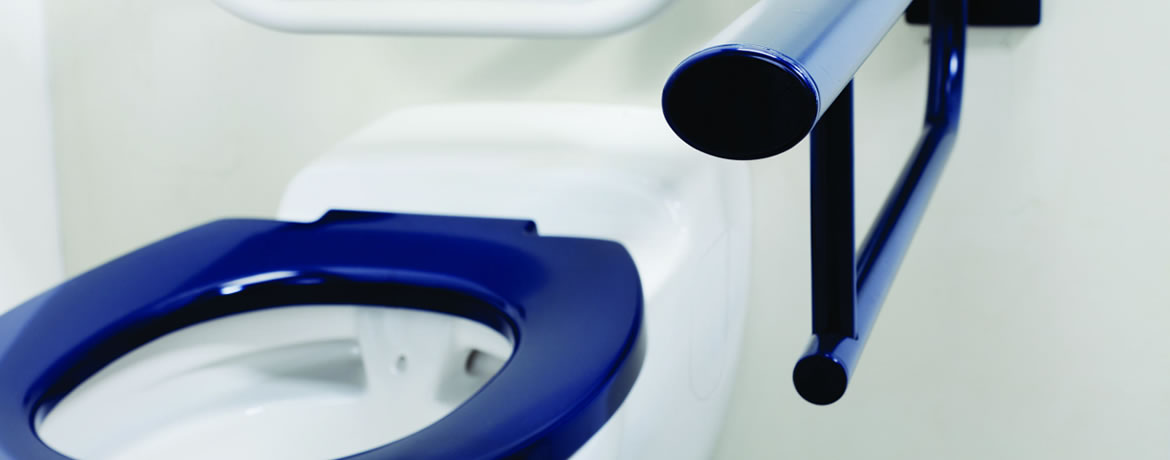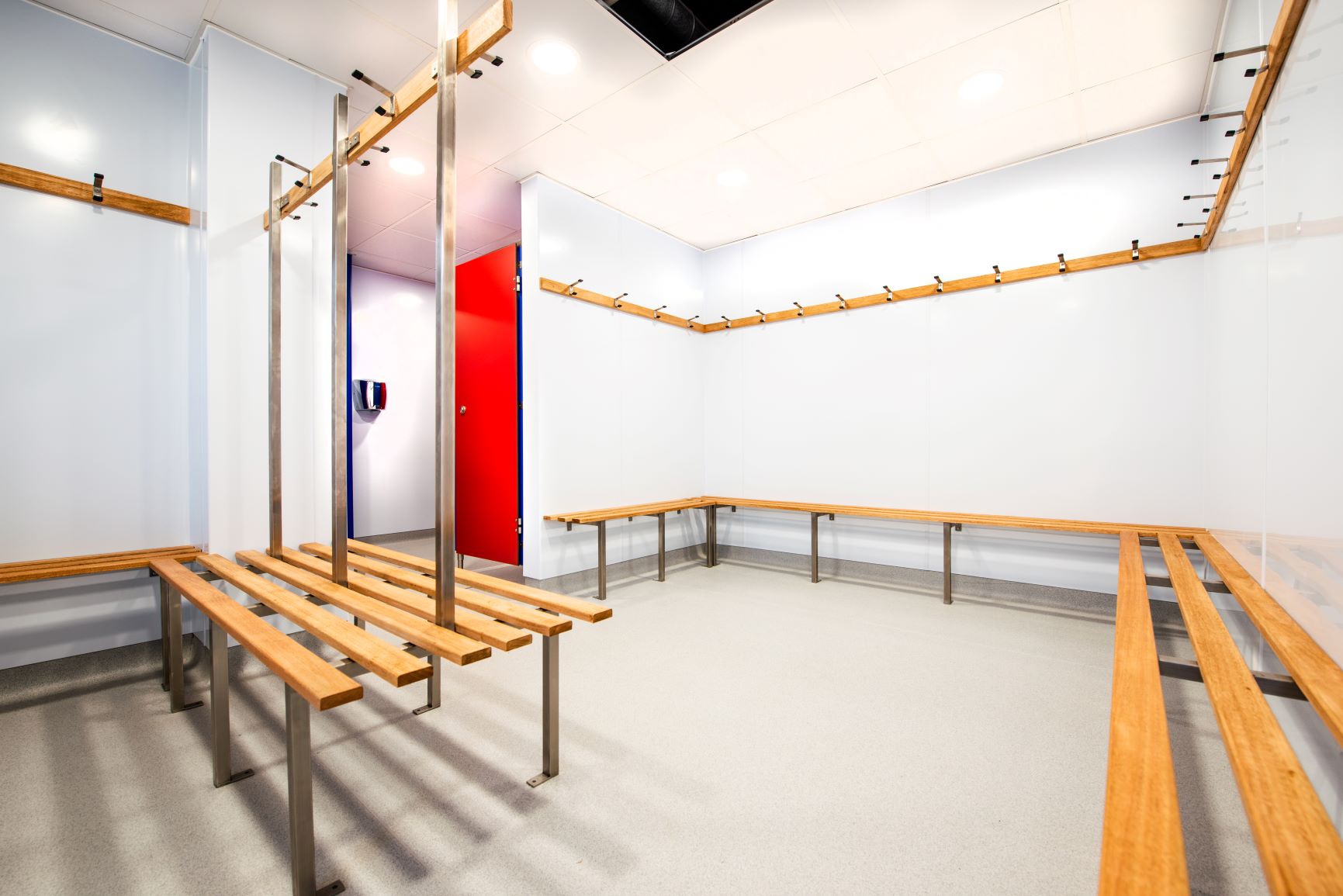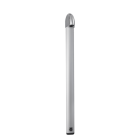Superloos, Doc-M, Changing Places - we explain the different types of Washroom
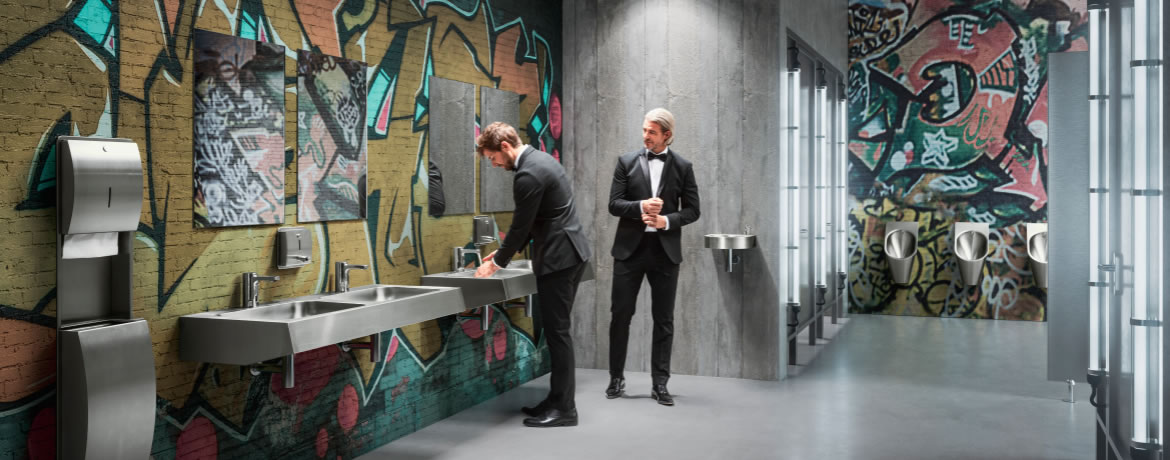
Not all washrooms are created equal. Here, we examine some of the different types of washrooms we often refurbish.
The needs and demands of your users are the main starting point when it comes to addressing any washroom refurbishment project. Whether that’s considering potential disabilities or how visitors need to move through a busy, high-traffic wash space without the room getting congested, users are at the forefront of design. Here, we outline the most common types of washrooms we encounter in modern commercial toilet refurbishment projects.
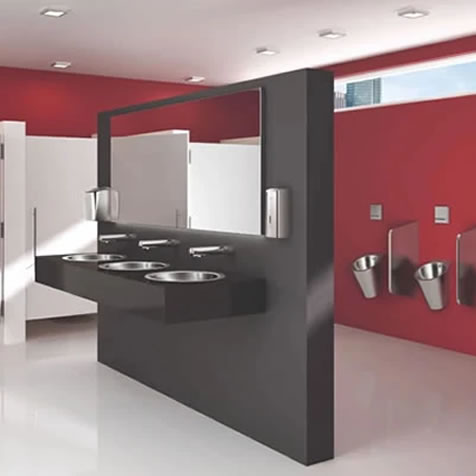

Washrooms and Restrooms
The term 'Restroom' is an American term meaning Washroom.
The Term Washroom refers to a room containing multiple Toilets and Sinks and is typically found in Schools, Office Blocks, Hospitals, Sports and Leisure Centres, Camping and Caravaning clubs.
A Washroom would have been specifically designed to accommodate the number of possible users in the building and comply with other Government guidelines.
Toilet rooms
Toilet rooms are usually smaller spaces which offer either a single toilet and hand wash basin, or sometimes a row of toilet cubicles and a number of wash basins.
Depending on the site, you might have separate male and female toilet rooms, but often, a toilet room can be a mixed-use, Same-sex, or unisex Toilet Room, meaning it is used by all site users.
As of October 2024, all new buildings will require single-sex Toilet Rooms.
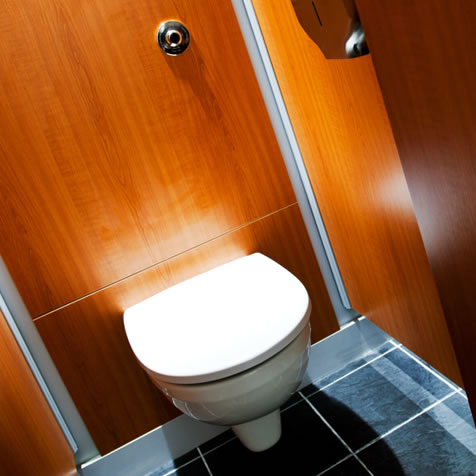

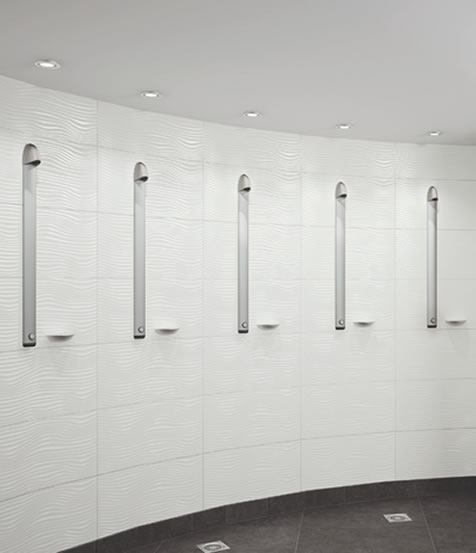

Shower rooms
Male and female shower rooms require a slightly different approach to your standard toilet room. Showering creates a more humid and damp environment, and the materials used must be much more water-resistant.
Proper shower drainage is also required, and that’s before we get to commercial and anti-vandal design. Both male and female shower rooms require privacy, which can be created through partitions and cubicles, building stud walls, and physical returns.
Materials in this environment will require a fully waterproof barrier. This will likely include floor and wall tiles or anti-slip vinyl safety flooring combined with wall cladding in Altro Whiterock—full-height panels that also have fire-protective and antibacterial properties.
Of course, shower room ventilation is also vital, which must be balanced against the number of showers and users likely to be in the space at any one time.
Changing rooms
Whether it’s a leisure centre, gym, or educational setting, male and female changing rooms come in all shapes and sizes.
A changing room is also just as welcome in an office where staff might cycle into work—meaning it might be quite a compact space with a bench and hanging hook—as it is at a rugby club, where it is likely to be a much larger, more spacious affair.
One key aspect of a changing room is Changing Room Lockers, which keep clothing and valuables safe and dry, and Locker Room Benches, which are used when changing into swimwear, a sports kit, overalls, or uniform.
Some settings, such as public swimming pools, will need lockers and some form of secure storage, while a private members club might not be so important.
Read our Changing Places Case Study
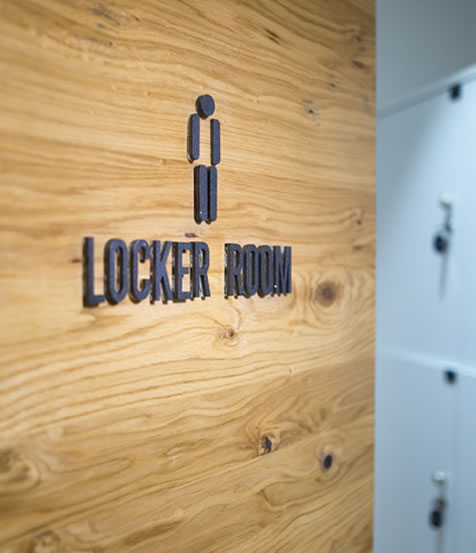

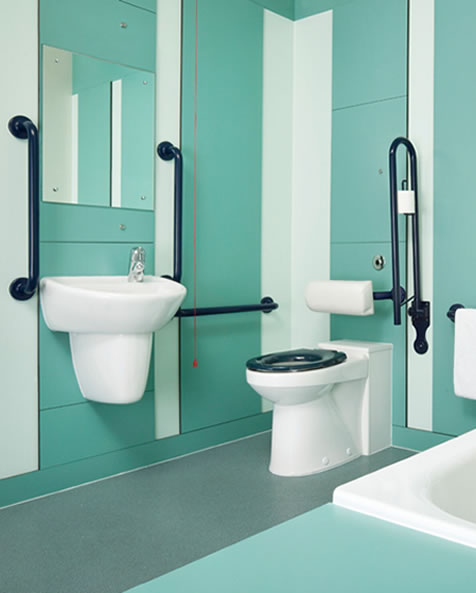

Disabled, Accessible or Doc-M Toilets
It’s one of the most obvious considerations in a commercial setting, but many people still get it wrong. There are varying degrees of disabled washroom considerations, and not all sites will need to comply with Document M of Building Regulations—though if you can comply, you should.
These rooms will include items like grab rails, drop-down grab rails, a higher toilet pan, emergency pull cords, and extra space for users to transfer from a wheelchair to the toilet.
You’ll also note that doors often open outwards, further facilitating the usable space inside the disabled toilet room.
Changing Places are recognised nationally as safe and reliable disabled toilet facilities catering to the changing of disabled adults. This means an adult changing table, and hoist, allowing carers to safely lift, clean and change people.
Disabled shower rooms
Showering facilities for disabled users are also important. These spaces need to have a level floor, grab rails, drop-down seats, and space to transfer from a wheelchair.
You can find all the key items you need in a Doc-M pack, which is named because it allows you to comply with Document-M of the Building Regulations.
Anti-slip safety flooring that works in wet environments is also vital here, as are emergency pull cords.
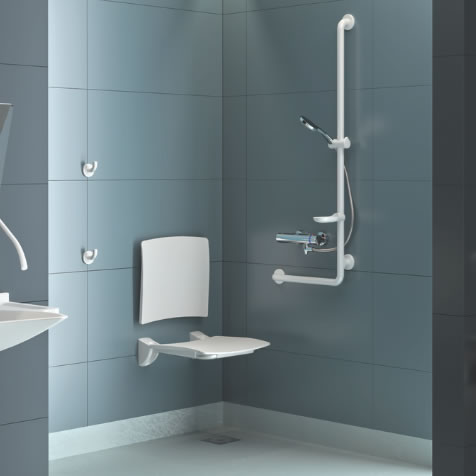

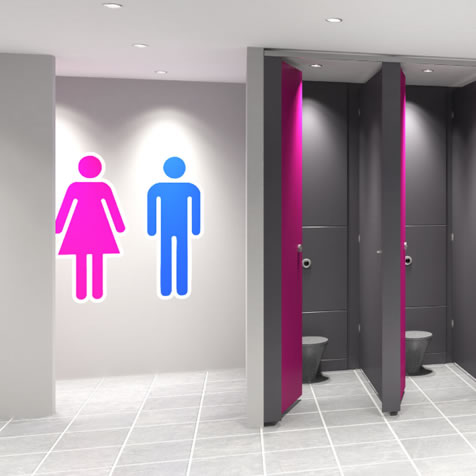

Unisex washrooms
Schools, universities, and many commercial environments are moving to unisex washrooms. These versatile toilet facilities are normally open-plan and offer just one communal hand wash area.
Toilets are sometimes in banks surrounding the wash basins or could be further segregated from the main hand wash area.
If you would like further information or to plan a unisex washroom at your organisation, please contact us.
Modern School Washroom Refurbishment Projects involve improving how Antisocial Behaviour is managed in Schools. Many schools are designing their toilets with an open-plan layout that aims to prevent children from congregating in toilets, reducing bullying and vandalism incidents.
However, as of October 2024, all new buildings will require single-sex Toilet Rooms meaning that facilities must cater for both single and unisex rooms.
Superloos or Executive Toilets
You might have heard of Superloos, but you may be unsure exactly what they are. A superloo is the name given to a wash space designed to accommodate only one person at a time. It is usually a small room containing a toilet, wash basin, and hand dryer and typically sees less traffic.
They became very popular during the pandemic but have since continued to thrive in small and medium businesses thanks to the increased privacy users enjoy throughout the washroom visiting process.
Superloos and Executive Toilets often have Higher-end Sanitary Ware, including Gold and Copper Taps and fittings.
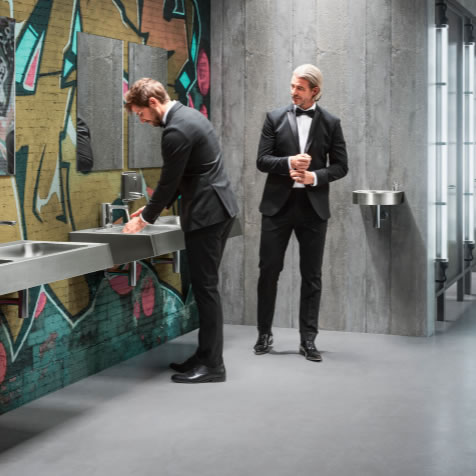

MORE TO EXPLORE IN Related Posts
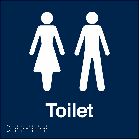
Unisex Braille Toilet Sign - Plastic
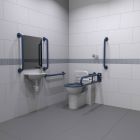
Fitzroy Of London Back To Wall Doc M Toilet Pack with Concealed Fixings
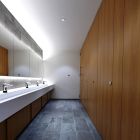
Flush Fronted HPL Toilet Cubicles (44mm Thick)

